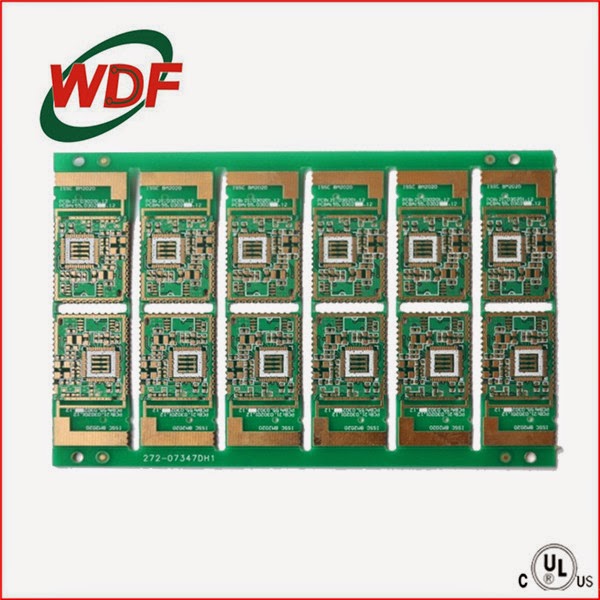all of the various components that made up an electronic device were connected together by soldering them either to each other or to terminal strips and tube sockets. Today, printed circuit boards have made connecting components simpler and cheaper.
What Are PCBs?
Printed circuit boards (PCBs) are thin boards made from an insulating material, with a metal coated surface, sometimes on both the top and bottom. Etches are made in the metal with acid to create pathways for electricity to travel among various components which are surface mounted on the board with solder.
PCB Advantages
The invention of printed circuit boards is one of the factors that has enabled electronic circuits to be smaller, more compact, and contained on a convenient, rugged board. Holes drilled into circuit boards allow components such as resistors and capacitors to be inserted and soldered through automation.
PCBs Are Everywhere
Today, just about every electronic appliance in your home contains a printed circuit board of some type: computers, printers, televisions, stereos, musical instrument amplifiers and synthesizers, digital clocks, microwave ovens, telephone answering machines and even cell phones.
PCBs In Computers
The "motherboard" in a computer is the main printed circuit board that is the heart of a computer. Other circuit boards inside a computer performs functions such as RAM (random access memory), power supplies, modems and video "cards."
The Works in a Drawer
Motorola's Quasar TVs were among the first to use removable printed circuit boards, designed for quick in-home repair.


